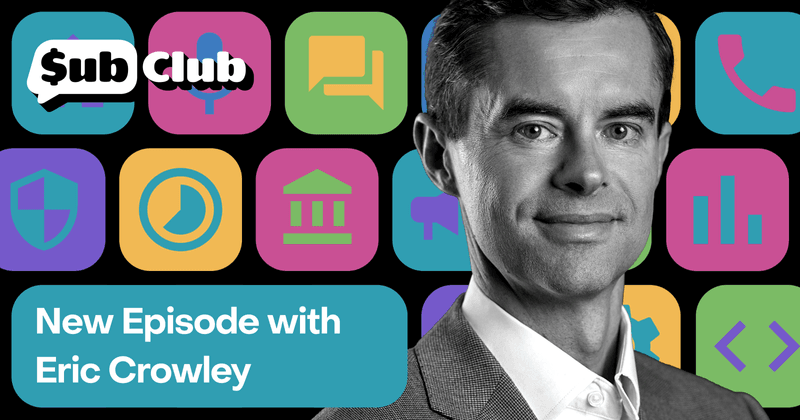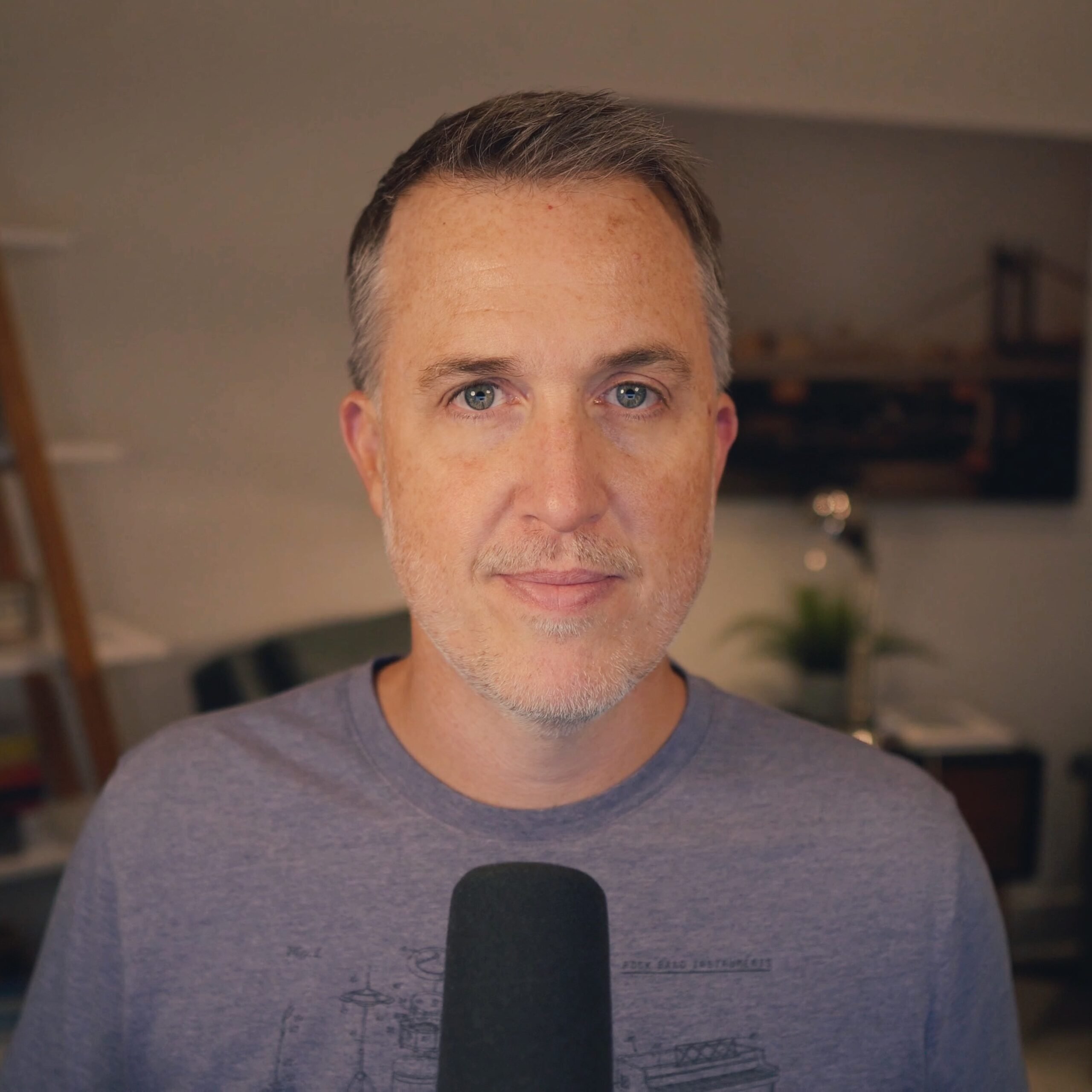“In 2024, things have probably never been better” — Eric Crowley, GP Bullhound
How consumer subscription apps are rebounding, improving retention, and leveraging Maslow’s Hierarchy to drive growth in 2024.

It’s that time of year again! GP Bullhound just released the 2024 edition of their annual Consumer Subscription Software (CSS) Report. This week on the Sub Club podcast, we invited one of the authors of the report, Eric Crowley, onto the show to talk about the findings and the trends GP Bullhound is forecasting for the consumer subscription services (CSS) industry.
On the rebound
The CSS app industry was in a bit of a slump for the past couple of years. In 2021, the industry saw a major influx of capital and investment in new ideas, and many app businesses dramatically increased their hiring and spending in response. Unfortunately, most companies weren’t able to scale as fast as they’d hoped, and many struggled in 2022 and 2023. But it isn’t all bad news: some companies responded to this slump by scaling down and pivoting, which has led to a new wave of innovation and growth in 2024.
The female health-tracking app Flo is a great example of this impressive comeback. As Eric discusses in the report, Flo has 60M monthly active users (MAU) and was recently valued at $1B. When they sought a $100M investment, they ended up in a competitive bidding situation and ultimately secured double that: $200M. Eric attributes the app’s success in large part to its clever freemium model, which supports users from a young age and provides multiple subscription tiers to meet their needs throughout their life. “What we really like about Flo is that they work with females early on when they’re at the very beginning of their health journey — you know, 15, 16, 17”, Eric said. “They provide a free product, and they create this data layer between when users are 18 all the way until they’re 35, 40, or 50 and moving into perimenopause … [Flo] provides free services to individuals as much as they need. And then when [users] need to move into a paid program, there are modules that they can subscribe to… Even if [Flo] only captures 1, 2, or 3 percent of those [60M MAU] with each new module, that’s hundreds of millions in revenue.” Subscription app businesses of all categories and sizes can learn from Flo’s example: when you nurture users over the long term and provide an array of products to meet their needs, they’re likely to stick around.
Take the next exit?
But what if you’re not looking to raise capital or sell your business? Eric emphasized that not all companies need to — or should. Sometimes it’s actually more advantageous to simply keep your profitable app business and continue to live off of the revenue it generates.
Whether you have an early-stage app business or a late-stage one that you don’t want to sell, there are ways to improve your net revenue retention (NRR). As Eric points out, one-time purchases and add-ons are a great way to boost revenue from your existing subscriber base. “Tinder has been doing this for years,” he said. “You could buy baskets of superlikes. They’re not a subscription, but it enhances your ability to use the product. I think we’re going to see more and more of that with CSS, especially as you can do more and more targeted customization with offers for the products you’re selling with some of these AI tools.”
Maslow’s Hierarchy of Subscriptions
You’ve probably heard of Maslow’s hierarchy of needs: the pyramidal chart that depicts human needs in priority order from the most basic physiological requirements (like food) to high-level concepts like self-actualization (realizing one’s full potential). But what does this have to do with app development? According to Eric and his colleagues, a lot! In the report, they argue that all apps fulfill some human need, and understanding which need you’re meeting can help you decide which features will most resonate with your users.
Eric encourages app developers to think about it this way: “Which need are you targeting? If you’re going to [meet the human need for] love and belonging, you should have a community function built into your app. If you’re doing esteem, some sort of leaderboard. Self actualization, you need to constantly be putting new content in so people can get better and better at whatever they’re trying to do.”
Conclusion
This is just a few highlights of GP Bullhound’s findings this year, but there are a lot more insights and predictions we didn’t cover here. You can download the full report on GP Bullhound’s website, and check out the latest episode of the Sub Club Podcast to hear our full conversation with Eric.
You might also like
- Blog post
Modeling attribution on iOS: what works, what doesn’t, and how to choose
How to navigate the messy world of SKAN, AEM, and probabilistic attribution — plus two practical frameworks to get a clearer picture of campaign performance.
- Blog post
Your sprints must pay for themselves: Dan Layfield’s product advice
What’s worth building? Dan Layfield shares a 3-bucket framework to help app teams prioritize features, fix churn, and ship faster.
- Blog post
Is monetization hurting your app’s user experience?
Don’t trade short-term revenue for long-term trust. How ethical UX can still drive effective monetization.

